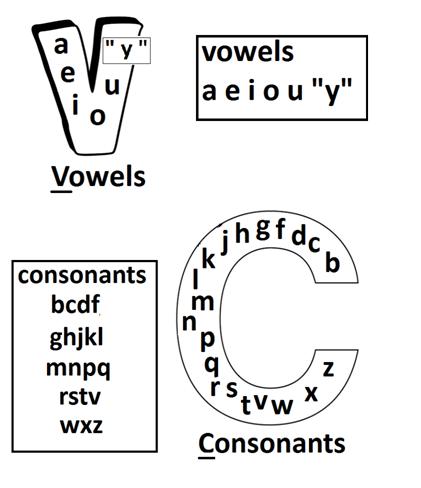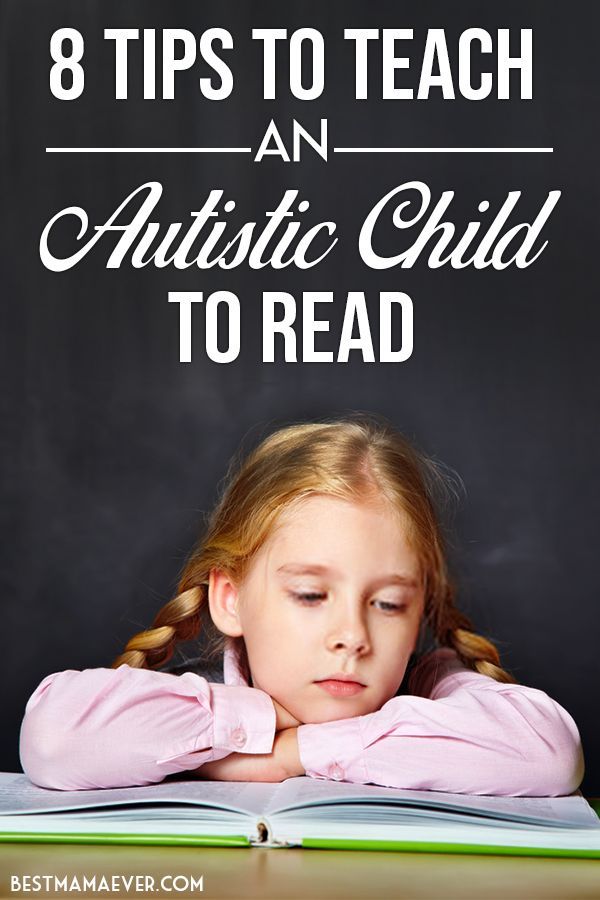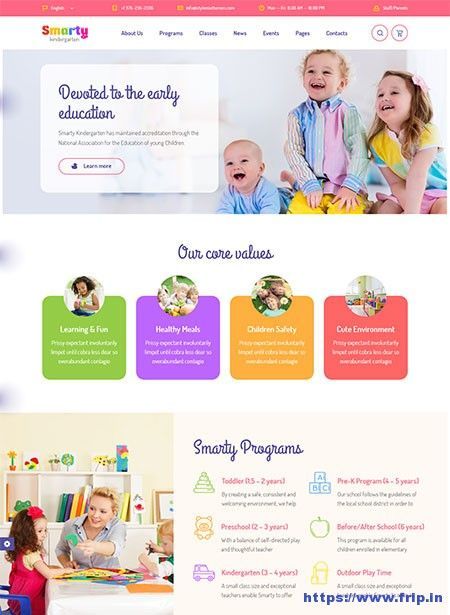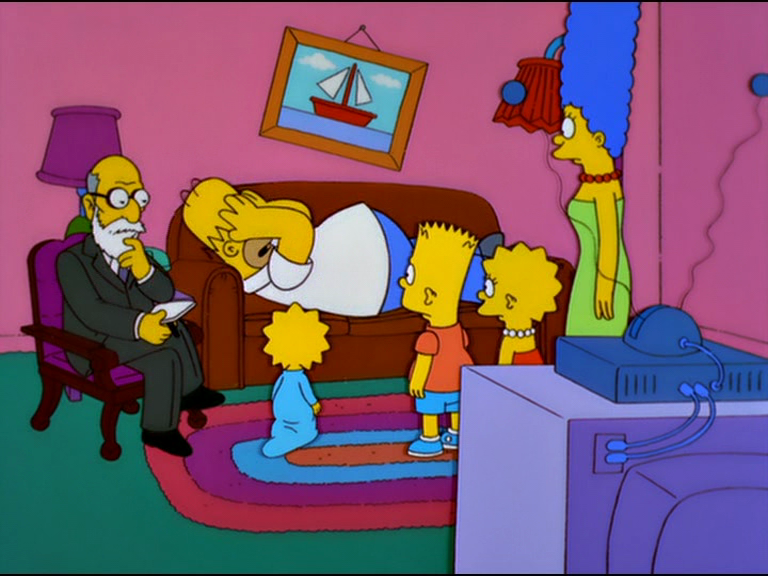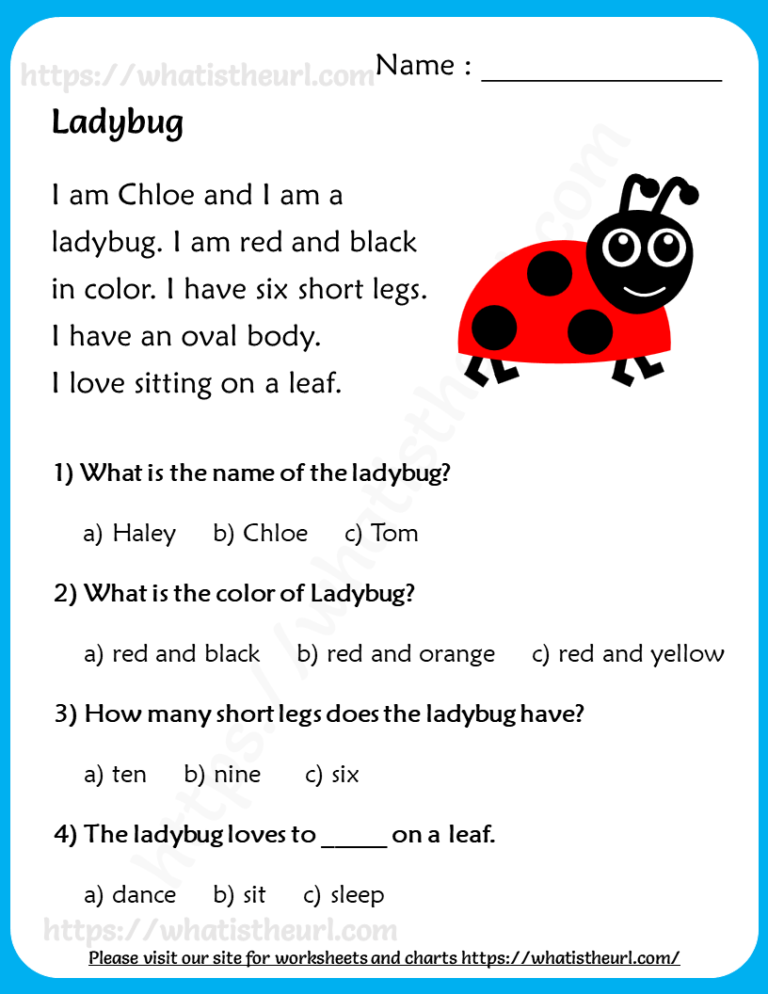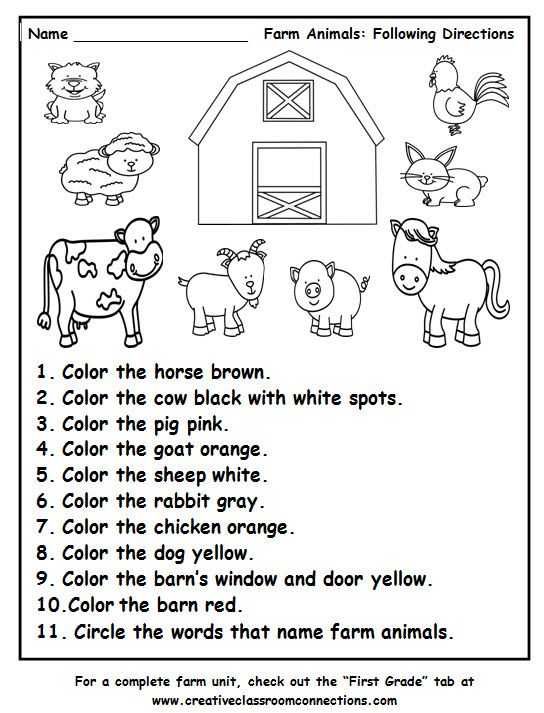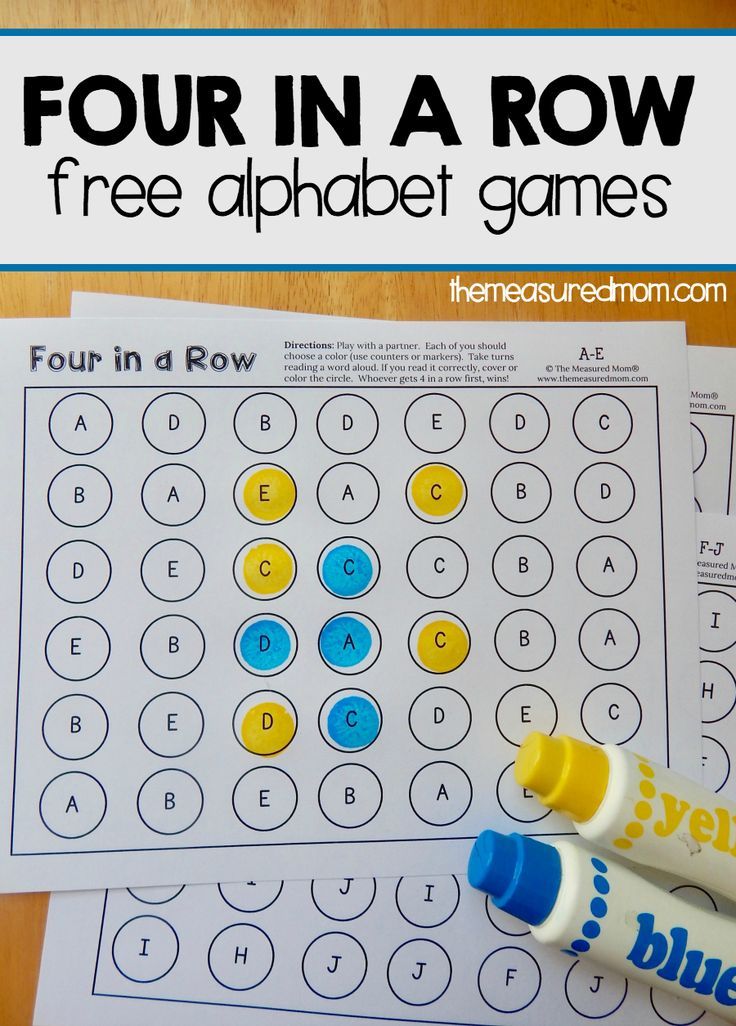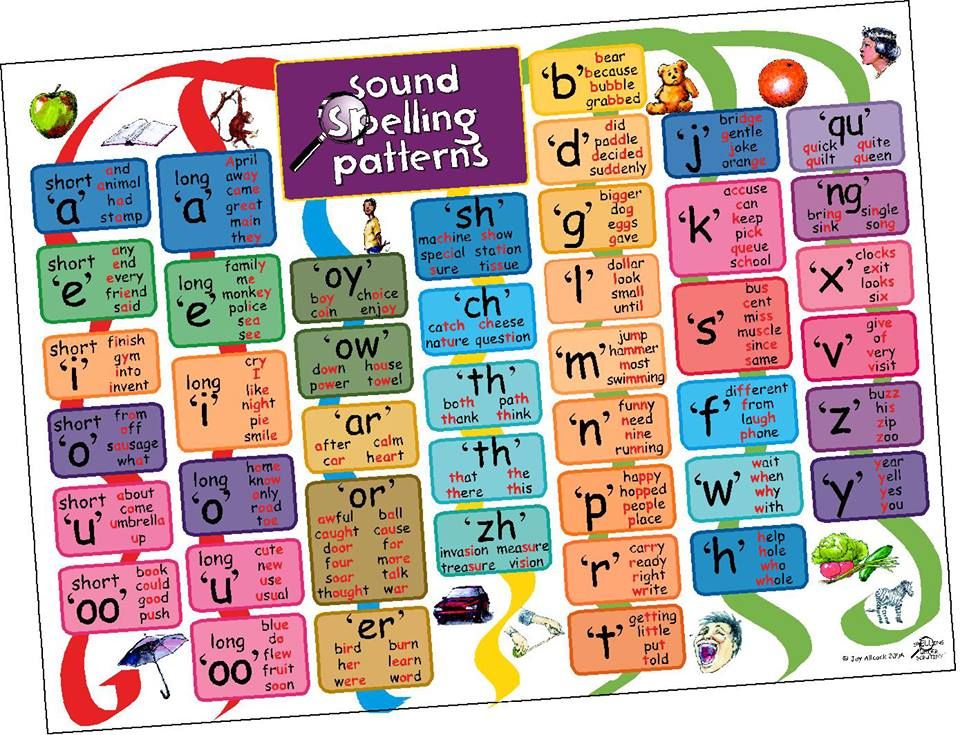Learning about vowels
How To Help Your Child Learn Long And Short Vowel Sounds
It’s not uncommon for children to struggle with vowels. Most kids actually pick up consonant pronunciations much more quickly. Why is that?
One of the challenges with vowel sounds is that they can’t exactly be “felt” in the mouth. With consonants, kids can feel the friction created while using their tongue, lips, or teeth to produce the sounds. To produce a vowel sound, you only need to adjust the shape of your mouth.
Then there’s the challenge of distinguishing between long and short vowels or two similar vowel sounds. In a nutshell, learning vowels can be a monster!
But have no fear; we’re here to help! We’ve compiled a step-by-step guide you can use to help your child finally connect the dots with both short and long vowel sounds.
When Is Your Child Ready To Learn Vowels?
It’s challenging to teach your child vowel sounds if they cannot hear them. This is why one of the most important signs showing that a child is ready to learn vowel sounds is when they can hear the vowel sounds in simple words.
For instance, let’s say your child tries to spell a simple CVC (consonant, vowel, consonant) word like “cat.”
Even if they may misspell the word by writing “cet” instead of “cat,” this is still a beautiful moment, so celebrate it to the fullest because it indicates that your child can hear that there’s a letter between the C and the N.
If you feel that your young learner is developmentally ready to start learning more about vowels, how can you help? Let’s take a look.
Tips For Teaching Short Vowel Sounds
Since short vowels have more consistent spelling, this is a great place to start when teaching your young learner.
1) Begin With The Names Of The Vowels
Teaching your child A, E, I, O, U is the first step in helping to familiarize them with vowels. We recommend taking these one vowel at a time to avoid overwhelming your young learner.
The good news is that there are various tactics you can use to help your child remember their vowels.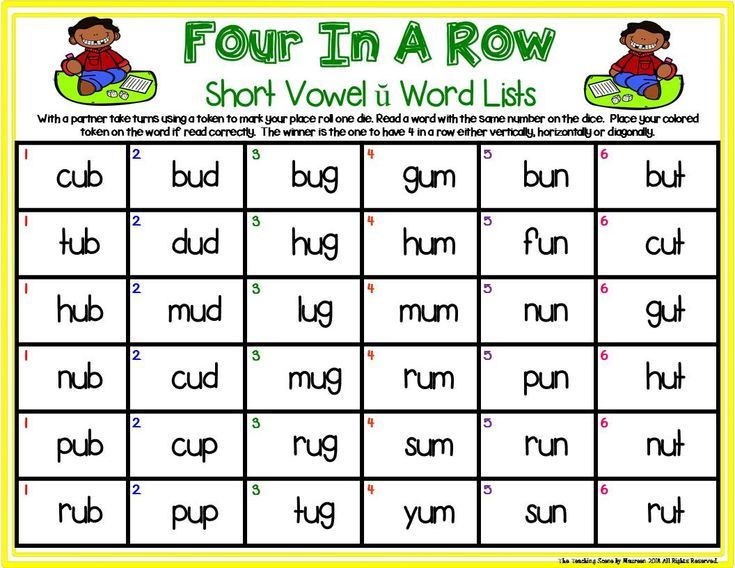
Besides sounding them out, you can also help your child create three-dimensional letters with something as easy and accessible as PlayDoh. To help emphasize the differences between the letters, use a different color for each vowel.
As your child feels and creates vowels, more of their senses will be engaged, and this will help them get familiar and comfortable with the five vowels and their sounds.
2) Differentiate Between The Vowels
This point on our list is connected to the previous one. Still, it deserves its own emphasis because it can be easy for children to struggle with differentiating between the vowels.
The example we used earlier of a child spelling “cet” instead of “cat” is pretty common, especially when you consider how similar the sounds are to each other. This is why it’s important to make the letters distinct.
To add some fun into your child’s learning, you might consider using stick puppets made with the five vowels. Simply attach a printout of each letter onto a popsicle stick, and then let your imagination run wild!
A can go to the store with
E; I can head out to the beach with O; and so on.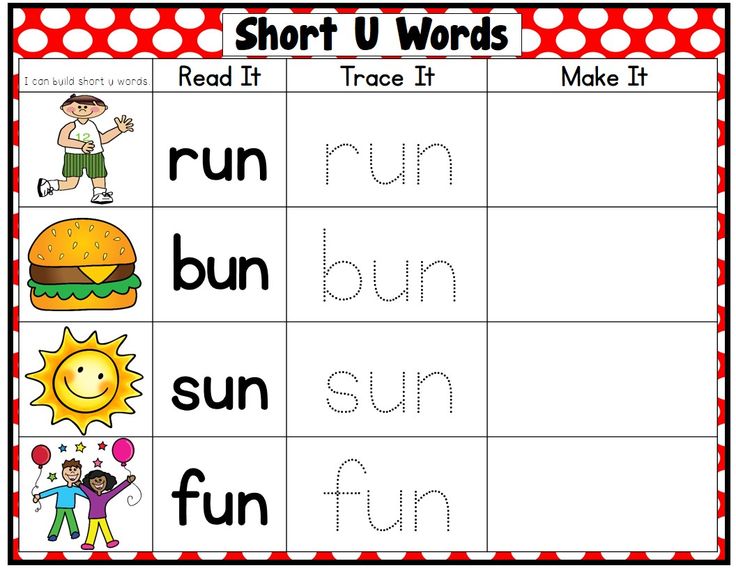 While acting out your scene, remember to emphasize the difference between the letters and keep sounding the vowels out clearly.
While acting out your scene, remember to emphasize the difference between the letters and keep sounding the vowels out clearly.
3) Introduce Word Families For Simple CVC Words
Word families can be described as a group of words that have a common pattern or features. Helping children learn these allows them to spell and sound out related words.
For example, a child who learns the word family -at, will have an easier time spelling cat, mat, hat, etc.
Remember to take it one word family at a time. This will help prevent your child from feeling overwhelmed with all the new information.
Here are some activities we recommend for working on word families:
- Say a word like “hat” and ask if it has the /a/ sound or the /i/ sound. Focus on sounding the letters out, not writing them, so your child can hear the differences better.
- Say two words and ask which has /o/ as the middle sound.
- Make a Tic-Tac-Toe board and put a vowel in each cell.
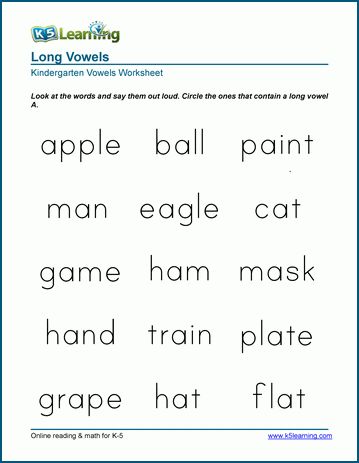 Before placing their mark in a cell, your child will need to identify the vowel with its short sound.
Before placing their mark in a cell, your child will need to identify the vowel with its short sound. - Sound out CVC words by emphasizing the phonemes. For example, say /t/…/a/…/p/… and then blend together into tap.
- Place a t and a p with a space in-between. Ask your child to fill in the missing letter that will help form “top.”
- Switch the vowels. For this, you can play with magnetic letters. Ask your child to turn “tap” to “tip” and then to “top.”
Here are some great words with short vowel sounds to practice at home:
Short “A” Sound Examples:
- Cap
- Bat
- Bad
- Cat
- Dad
- Lap
- Tap
Short “E” Sound Examples:
- Bed
- Get
- Pen
- Bet
- Wet
- Fed
- Net
- Ten
Short “I” Sound Examples:
- Bin
- Sip
- Tip
- Zip
- Did
- Fit
- Nip
- Win
Short “O” Sound Examples:
- Rod
- Cod
- Jog
- Dot
- Fog
- Mop
- Pot
- Top
Short “U” Sound Examples:
- Bun
- Cut
- Pup
- Sun
- Sum
- Run
- Fun
- Hug
Tips For Teaching Long Vowel Sounds
1) Form Long Vowel Sounds
Although long vowel sounds are typically easier for kids to learn, we normally teach short vowels first. Why is that? It takes two vowels to make a long sound, and this can be tricky for kids to understand at first.
Why is that? It takes two vowels to make a long sound, and this can be tricky for kids to understand at first.
To get started with long vowel sounds, we begin teaching the silent e. It’s important for kids to understand that every vowel will change its sound when a silent e is put after the CVC form of a word.
For instance, if you put an e after the CVC word tap, the word changes to tape, and the vowel sound produced changes.
To help your child grasp this concept, begin with phonemic awareness. Ask them:
- Are tap and tape the same?
- Say the individual sounds slowly — t-a-p and t-ae-p.
- What changed?
You can also use magnetic letters to help illustrate the power of the silent e.
First, show your child the letter a. Make the short sound and then explain that you will give the power to its own name. Who can give the power? E! Tap the magnetic e on the magnetic a, adding it to the end of the word after, and — voila! — you now have a new word.
Using magnetic letters, you can then change tap to tape, bit to bite, dot to dote, and so on. While your child will hear that the sound changes, using magnetic letters will help them see what vowel contributes to the change in sound.
You can also use flip cards to demonstrate this concept. Fold the last eighth or so of an index card, and then write a CVC word, like tap, on the unfolded part and an e on the folded part. When you unfold the card, the word will change from tap to tape!
Note: The long o and u sounds can be a bit more complicated, so we recommend holding off on those until your child has gotten a good grasp on the others.
2) Correct The Spelling
To help your child gain a better understanding of long vowel sounds, why not play a game to help strengthen their knowledge?
To play this game, show your child the incorrect spelling of a CVC word and have them correct it. For example, using magnetic letters, spell out f-i-n-o but pronounce it as fine.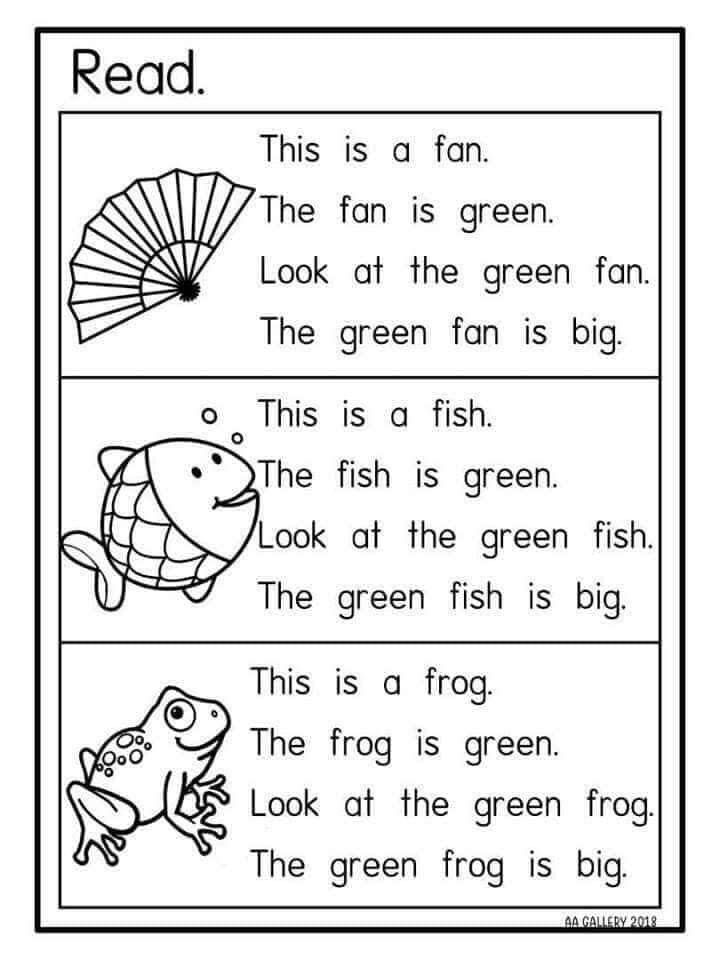 Now your child, who’s learned the power of the silent e, will be able to replace the o with an e.
Now your child, who’s learned the power of the silent e, will be able to replace the o with an e.
Here are some great words you can use for this activity:
Long “A” Sound Examples:
- Bake
- Lake
- Fame
- Date
- Fate
- Cake
- Make
Long “I” Sound Examples:
- Hide
- Fine
- Time
- Line
- Mine
- Pine
- Wife
- Ride
Long “O” Sound Examples:
- Joke
- Rose
- Woke
- Poke
Learning Vowels One Day At A Time
Learning vowels can be challenging for children. That’s why it’s important to take it one day at a time.
Help your child learn their basic vowels, start with the short CVC words, and then after some practice, help them nail the long vowel sounds, which are a little trickier.
Using the right strategy, you can give your young learner the confidence to face any unfamiliar word they may come across during reading activities.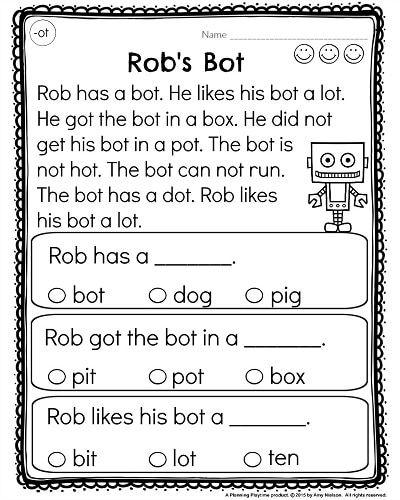
With the help of the HOMER Learn & Grow App, continue exposing your child to all sorts of stories and reading activities. This will not only help them with their vowels, but it will also set a solid foundation for their literacy journey!
Author
What Are English Vowels? The Full Answer, Plus Pronunciation and Practice Tips
By Yuliya Geikhman Last updated:
English vowel sounds and vowel pronunciation can be challenging for those trying to learn English as a second language.
It’s often difficult to decipher when to use the correct letter and how to pronounce it correctly.
But don’t worry! I’ve put together eight fun tips and resources that you can use to practice English vowels and improve your pronunciation.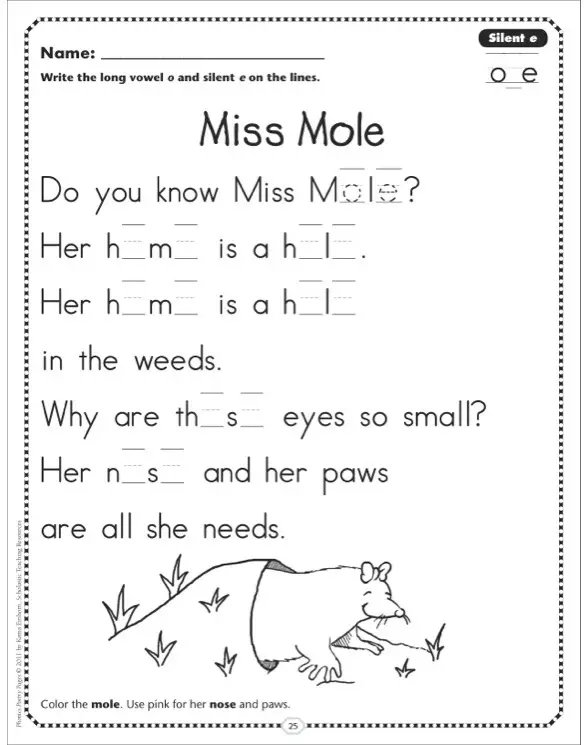
Let’s dive in!
Contents
- What Is a Vowel?
- English Vowel Pronunciation
- 8 Ways to Practice English Vowel Sounds
-
- 1. Pronunciation Mazes
- 2. Shadow Reading
- 3. Tongue Twisters
- 4. Mute the Sound
- 5. Reading the Dictionary
- 6. Minimal Pairs
- 7. Read Dr. Seuss
- 8. Song Games
Download: This blog post is available as a convenient and portable PDF that you can take anywhere. Click here to get a copy. (Download)
What Is a Vowel?
The simple answer to the question above is: vowels are the letters a, e, i, o, u and sometimes y.
Have you ever wondered why those letters are vowels, though? They are the sounds you make without anything breaking the sound or air coming out of your mouth.
Make the “e” sound out loud. Now place your tongue between your teeth or on the roof (top, inside part) of your mouth and try again. And now close your mouth and try one more time.
Now place your tongue between your teeth or on the roof (top, inside part) of your mouth and try again. And now close your mouth and try one more time.
It’s difficult—almost impossible—to make that sound when there’s something like your lips or your tongue in the way, isn’t it?
Every other letter in the English alphabet is called a consonant.
The sounds of consonants, on the other hand, are made by placing your tongue or lips in a certain way. This blocks the air coming out of your mouth when you speak, turning it into a specific sound.
When vowels are placed between consonants, all the sounds come together and a word is formed.
English Vowel Pronunciation
Note: This post focuses on standard American pronunciation. In different parts of the world, like Britain, Australia and even the regional U.S., there are variations in the way people pronounce their vowels.
Most of the time, a vowel makes its own sound (that is, the letter a makes a sounds).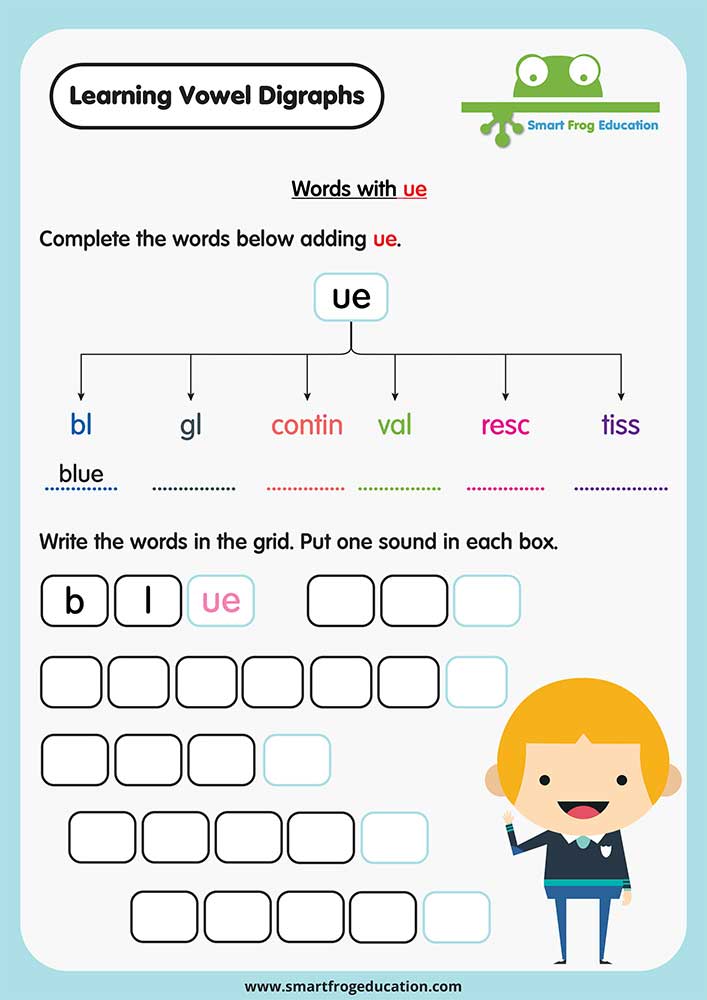
In some rare cases, though, a certain sound is made by a combination of other letters (like when the long a sound is made by the letters ei).
All vowels have at least two pronunciations: a long sound and a short sound.
A long vowel is the name of the vowel (for example, long a is ay like in the word say). A short vowel is a shorter sound (for example, short a sounds like æ from the word cat).
A vowel’s position in a word can affect the way you pronounce it. For example:
1. When a word or syllable ends in a consonant and has only one vowel, that vowel is short.
Examples: cat, bed, fish
2. When a word ends in e, the e is silent (not read out loud), and the vowel that comes before it is long.
Examples: bake, file, rope
3. When a syllable has two vowels next to each other, the first is usually long and the second short.
Examples: pain, boat, grow
4. When a syllable ends in one vowel, that vowel is usually long.
Examples: open, unit, paper
Keep in mind that every rule has exceptions and there are times when the rules don’t apply! Sometimes the only way to learn something is to practice and memorize it.
8 Ways to Practice English Vowel Sounds
I know it can be hard to memorize rules and pronunciation. But whichever way you choose to learn, knowing the rules as well as practicing how to actually make the sounds are both important to become fluent.
Here are some fun ways to learn and improve your knowledge of English vowel sounds and make the learning process easier for you:
1. Pronunciation Mazes
A pronunciation maze is a worksheet filled with words. To complete the sheet, you have to start with a word on top and finish with a word on the bottom—finding words with the same vowel sounds.
- Here is a pronunciation maze for the sound u as in the word but.
- Here is another maze for the sound oo as in book.
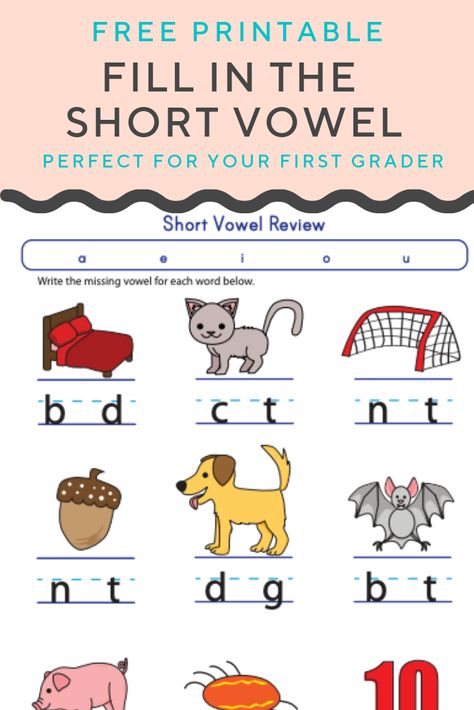
- Here is a maze for the o, ou and u sounds.
You can find many other mazes online by searching for pronunciation maze.
What you can learn: Vowels change their sound based on where they are in the word and the letters that surround them. Doing a pronunciation maze makes you aware of vowel sounds and helps you hear the difference between bit and beat, for example.
If you pay close attention, you can begin to notice some patterns—like that words with the letters ea in the middle usually make a similar sound (but not always!).
That means the next time you see a word that has the letters ea, you might be able to pronounce it correctly without even knowing what it means.
2. Shadow Reading
Find a short clip from a movie, TV show or even your favorite commercial.
You can do this on YouTube, or opt for a program where the subtitles are sure to be 100% accurate, like FluentU. Every video on FluentU includes interactive subtitles, so you’ll be reading, watching and listening at the same time.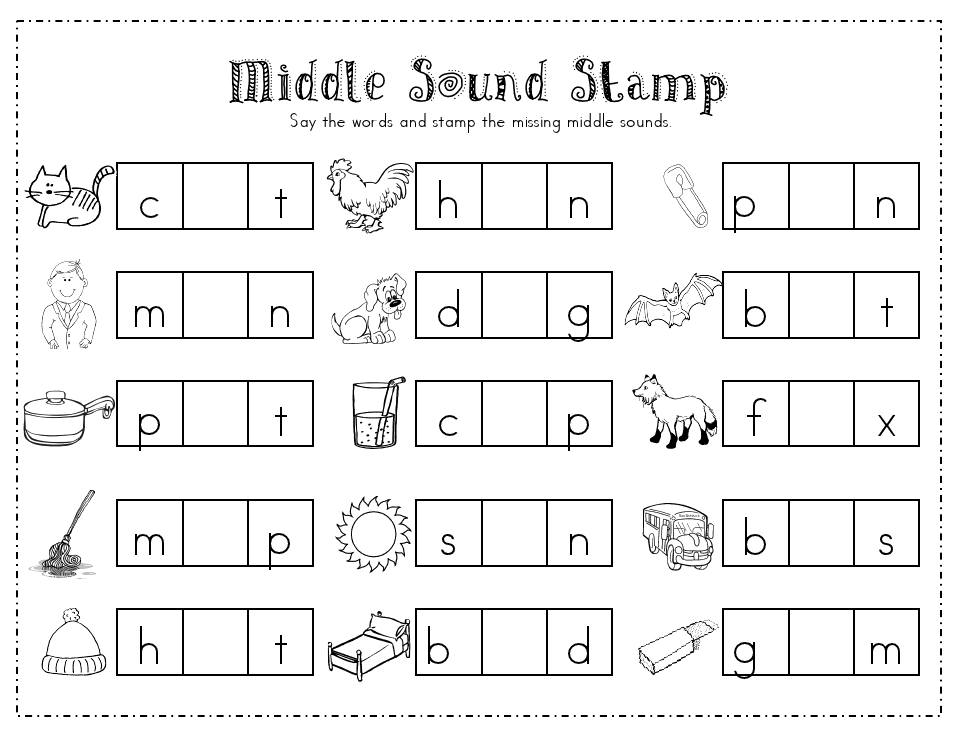
You can check the meaning of any word without leaving the video player by hovering your mouse over or clicking on the word. You can also easily replay individual sentences just by clicking on an arrow, which is very useful for shadowing.
Watch the clip twice. The first time, just watch silently. The second time, say the words along with the clip. Try to match the pronunciation, intonation (the rise and fall of the voice) and speed of the audio. This exercise is called shadow reading.
What you can learn: Speaking fluently is not just about knowing the right words and grammar. It’s about knowing how to say them, too. Speaking with the clip will help you practice speaking faster without pausing and still pronouncing words correctly.
3. Tongue Twisters
Tongue twisters are a series of words that repeat the same sounds often, which makes them difficult to say fast. You can find a list of excellent vowel-focused tongue twisters here.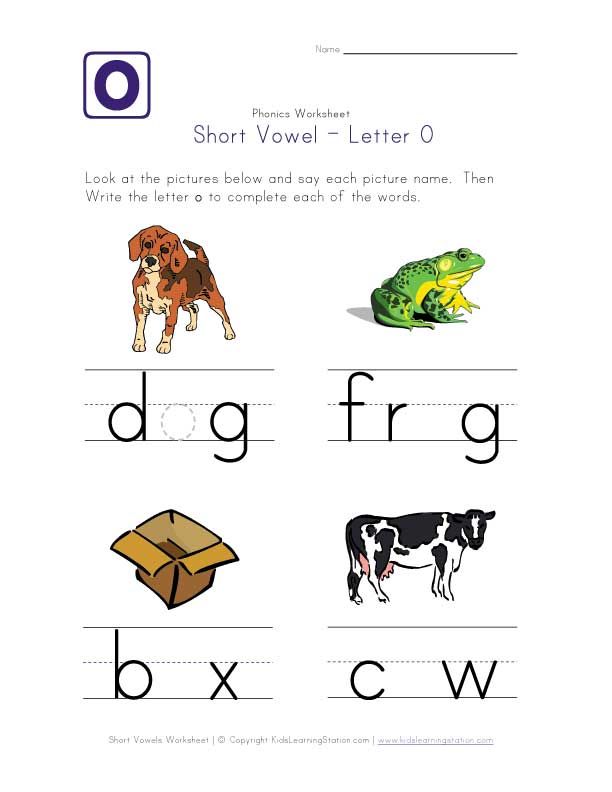
Choose a tongue twister and say it out loud. Say it quite slowly at first and focus on pronouncing the vowels correctly. As you get more comfortable, say the tongue twister faster and faster.
Use your phone to record audio of your English tutor or language partner saying the tongue twister slowly, then faster. Use the audio to practice. Alternatively, you could also search for a YouTube video of a native speaker saying the tongue twister.
What you can learn: You’ve heard it before—practice, practice, practice! There’s no better way to learn than to practice. Tongue twisters are a fun way to practice saying certain sounds. The better you get at the tongue twisters, the better you will get at pronouncing different English vowel sounds correctly.
4. Mute the Sound
Find a movie clip or any other short video that has actual people speaking. Before pressing play, mute the sound and remove the subtitles. Watch the clip and try to understand what the people are saying by the way their lips move.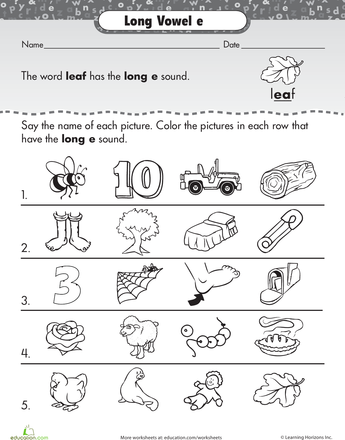
What you can learn: Sounds generally come from the throat, but our mouths are where those sounds are shaped into letters and words. The shape of your mouth and the location of your tongue when you speak are important for pronouncing words correctly.
Paying attention to the shape of peoples’ mouths when they speak can make it easier to understand and repeat the same sounds. Watching people speak—with the sound off—makes you more aware of mouth shapes and can help you understand how to pronounce the same sounds correctly.
The u sound in the word rebuke and the oo sound in the word book might seem similar but when watching someone say the two words you’ll see the difference.
5. Reading the Dictionary
The next time you look up a new word in a dictionary, try to say the word out loud first, pronouncing it as well as you can.
Then listen to the dictionary pronunciation of the word, say it together with the audio and finally say it out loud on your own.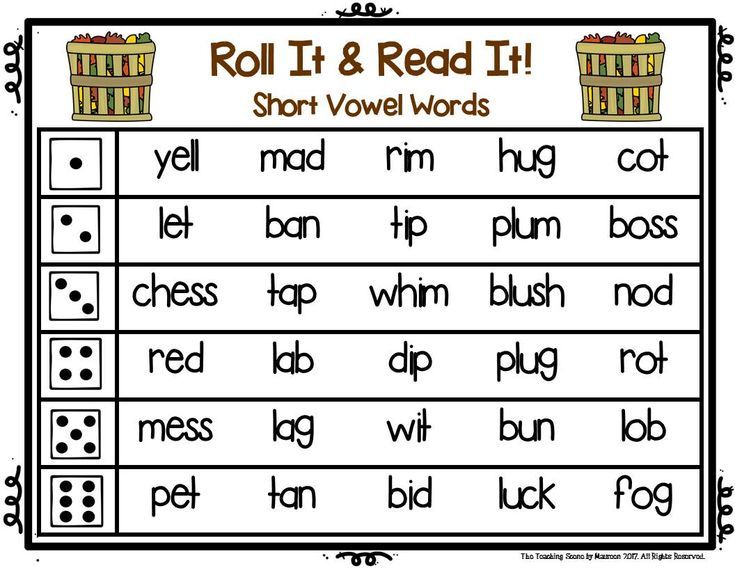
What you can learn: You probably use an online dictionary or a dictionary app when you’re looking up new English words. If you only use the word and definition, then you’re missing out on some of the best features of online dictionaries!
Most online dictionaries have an audio button, which will say the word out loud for you. Some online dictionaries—like the Cambridge English Dictionary—even have a different audio button for American and British English, so you can hear the word in both accents.
Another useful feature of any dictionary—physical or online—is the pronunciation guide. It might take a bit of time, but it’s useful to understand the dictionary pronunciation guide. This guide shows you how to pronounce any word in the dictionary.
6. Minimal Pairs
Minimal pairs are words that sound the same except for one sound change, like bus and buzz or sit and seat.
For this exercise, you’ll need a list of minimal pairs—you can find a good one here.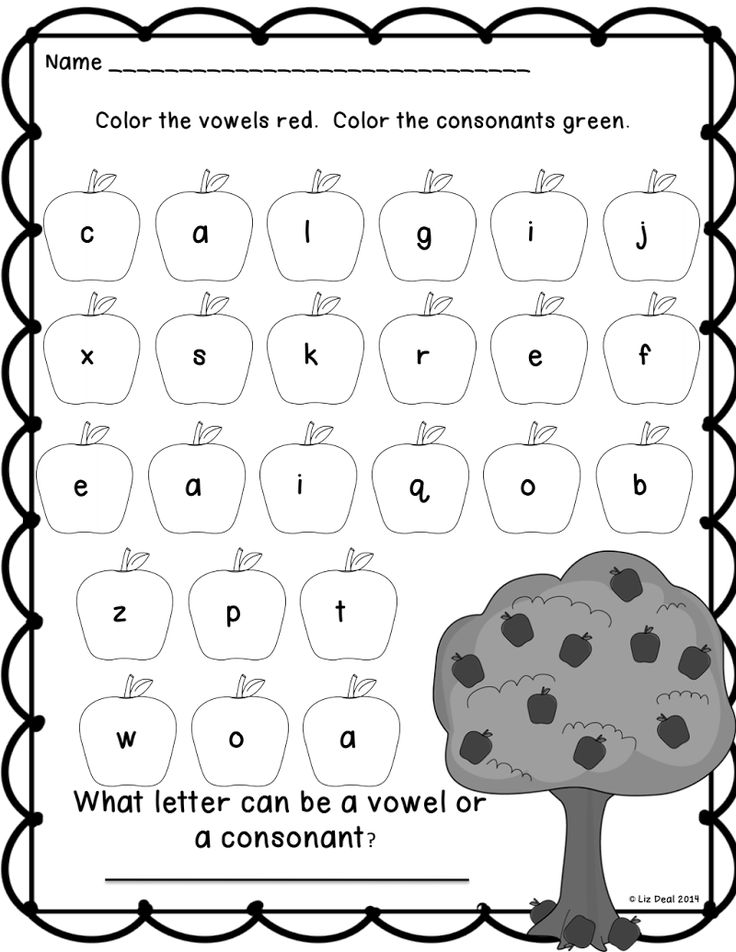
Practice or record yourself saying the words out loud, speaking clearly and exaggerating the sounds—making them sound bigger and more important than they actually are.
What you can learn: Sometimes it’s difficult to hear the difference between certain vowel sounds. You can make it easier for yourself to hear the difference by practicing and saying similar words. By making the sounds larger you can better hear and feel the difference.
7. Read Dr. Seuss
Dr. Seuss is a well-known children’s book author. His books are meant for kids to learn to speak and read well by using simple and catchy rhymes. Some Dr. Seuss books are an excellent way to learn vowel pronunciation!
The three best Dr. Seuss books for learning vowel pronunciation are “Oh Say Can You Say,” “Fox in Socks,” and “Hop on Pop.” Read them out loud!
Need some help? You can find audio versions of the books on YouTube as a read-along version. Here’s an audio reading of “Oh Say Can You Say,” here’s one of “Fox in Socks,” and here’s one of “Hop on Pop,” to get you started.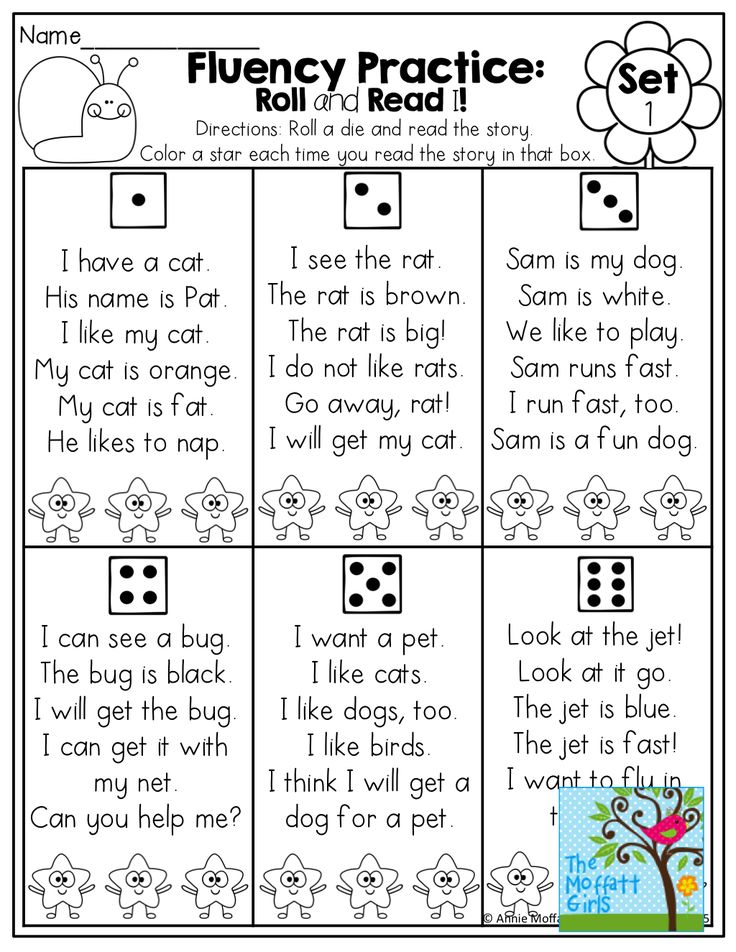
What you can learn: Children’s books are great learning tools no matter what age you are. The words, rhythms and rhymes in Dr. Seuss books make them easy to remember and read. Since the books are meant to teach kids in the simplest way possible, you’ll be learning useful topics like long and short vowels, different vowel sounds and spelling patterns.
8. Song Games
There are a number of children’s songs that help teach different vowels as well. Listen and try to sing along with songs like “Apples and Bananas” and “The Frog Doesn’t Wash His Feet.”
Many songs like these change the vowel sounds in words. This results in many nonsense words, like benene instead of banana. This is an effective method for learning vowel sounds because the rest of the word doesn’t change—helping you to focus on the vowel sounds instead.
What you can learn: It’s important to know the right pronunciation of a word, but just knowing how to make the different vowel sounds can help you speak correctly.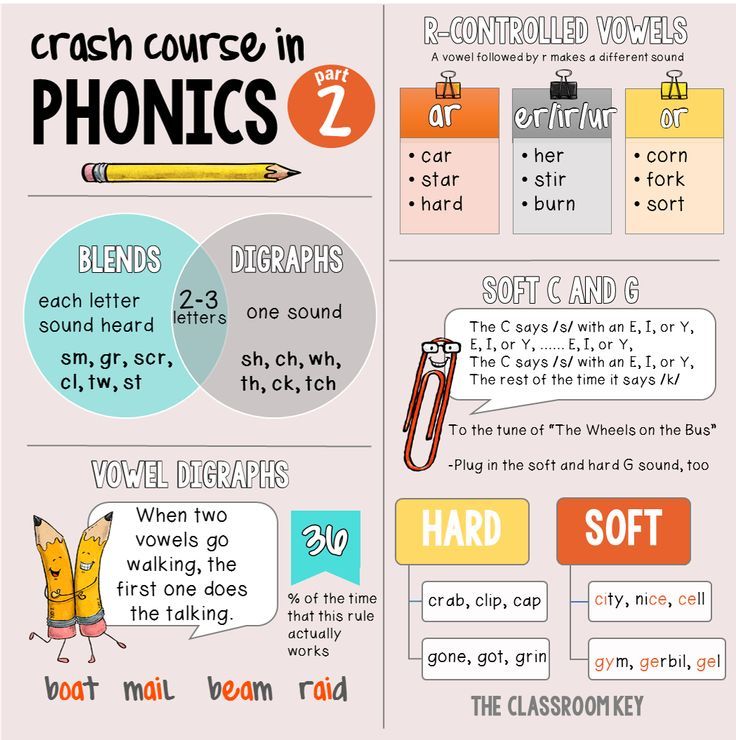
Learning vowel sounds and pronunciations will make it easier for you to learn new English words and become more fluent in the language.
Take some time to practice and learn with these exercises and you’ll be having fun and learning at the same time!
Download: This blog post is available as a convenient and portable PDF that you can take anywhere. Click here to get a copy. (Download)
« 10 Common English Slang Words and Phrases That Are Silly Enough to Embarrass Native Speakers
Are You Saying These 12 Words Wrong, Like Most People? »
Learning vowels tasks for preschoolers 5-6 years old in a playful way
Learning to read begins with the study of letters and sounds. The kid learns them separately, and then begins to put them into syllables, and later into words. So that acquaintance with letters does not turn out to be too difficult for the baby, you need to organize it correctly.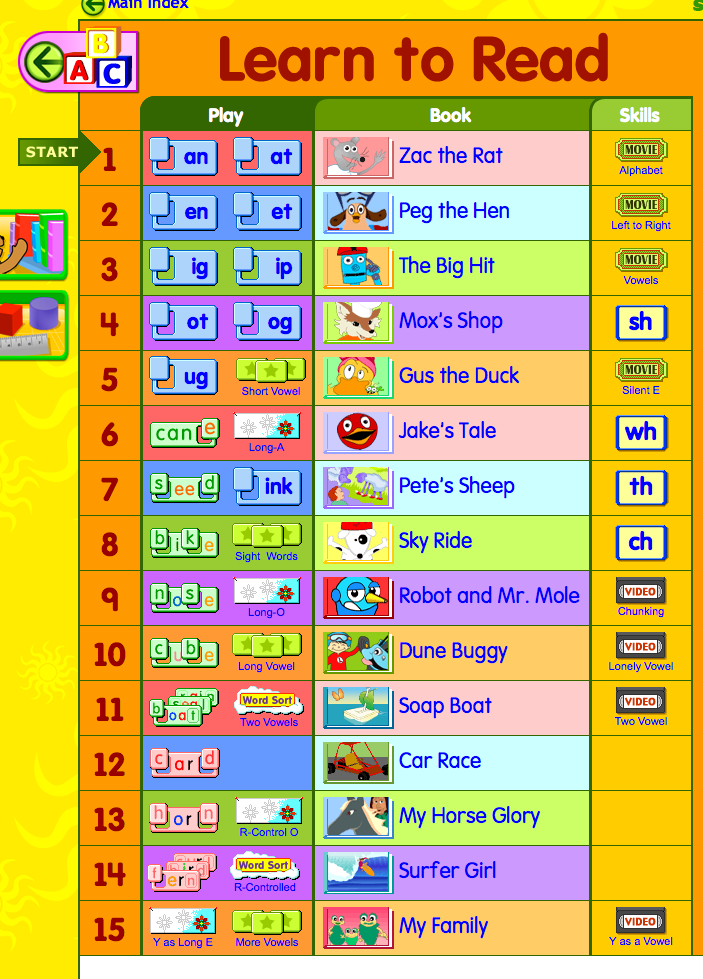 Let's find out how to quickly learn vowel sounds with your child.
Let's find out how to quickly learn vowel sounds with your child.
How to start learning vowels
Many parents begin to teach their children the alphabet, looking at all the letters in a row, in alphabetical order. This is not the correct method. It is better to divide the letters into vowels and consonants and learn each group separately. This approach will greatly facilitate the child's task.
Start with vowels. First, explain to your child the difference between vowels and consonants. Vowels are sounds that are pronounced by the voice. They are sonorous, from which you can sing, stretch your voice.
To show your child the difference between vowels and consonants, give him a mirror and ask him to pronounce different sounds. Let him see how the position of the mouth changes during the pronunciation of vowels and consonants. When pronouncing vowels, the mouth is freely open, the tongue lies and does not move, and the air freely leaves the throat. The pronunciation of consonants involves lips, tongue, teeth.
When the child learns to distinguish between these two groups of sounds, you can move on to a more detailed study of vowels.
Method for studying vowels
There are ten vowels in the Russian alphabet - A, O, U, Y, I, Y, E, Y, Y, E. To make it easier for a child to remember them, make them from cardboard (or buy ) cards with their image.
Letters A, O, U, Y, E write in one color, for example, red. And the letters I, Yo, Yu, I, E - in a different color, for example, blue. This is necessary so that the child learns to distinguish between "hard" and "soft" vowels.
Arrange the cards in pairs: A-Z, O-E, U-Y, Y-I, E-E and show the child. Explain that paired sounds are similar to each other, only A, O, U, S, E are pronounced firmly and with a wide open mouth, and I, E, Yu, I, E have a soft sound and when they are pronounced, the lips stretch or fold into tubule.
Let the child practice pronouncing sounds in pairs by observing his facial expressions in the mirror.
Letter games
Children learn best through play. So turn the boring memorization of sounds into a fun game.
- Shuffle the cards and place them face up on the table. The task of the kid is to fold the cards with red and blue letters (A-Z, O-Yo, etc.) in pairs.
- Shuffle the cards like playing cards. Pull out one, show the child and ask what kind of letter is written on it. If he answered correctly, the card goes to him, if incorrectly, it is returned to you. To make it easier for the baby, first show the letters in pairs (A, then Z, etc.), and then at random.
- Draw or give a task a child to draw a house with ten windows - five in two rows. Write in each box of the first row the letters A, O, U, Y, E, and then ask the child to write in the boxes of the second row a pair for each letter. Then erase the letters and enter in the first row of boxes I, Yo, Yu, I, E and ask the baby to enter their pair in the second row.
 Then erase all the letters again and invite the child to enter all the pairs in both rows of boxes.
Then erase all the letters again and invite the child to enter all the pairs in both rows of boxes. - name words that begin with vowels, and ask your child to name this sound (watermelon, donkey, snail, spinning top, apple, Christmas tree, blackberry, needle, exam). Then the child must come up with words that begin with each vowel sound. Invite him to name a word that starts with Y. After unsuccessful attempts to do this, explain that in Russian this letter never occurs at the beginning of a word. Name the words in which Y is in the middle (fish, lynx, skis) or at the end (teeth, mushrooms, mountains).
- Find pictures of objects with three letters in the name , one of which is the vowel (cat, onion, cheese, crayfish, beetle, etc.). Ask the child to name the object shown in the picture, determine what vowel sound is in this word and where it is located (at the beginning, middle or end of the word).

- Take a pencil and write any vowel in the air. The kid must guess what exactly you wrote.
Magnetic letters will be a good help in learning. They are bright, multi-colored, they can be attached to any metal surfaces. The kid will be happy to play with them.
Play these games every day to be effective. If the child does not want to play at the moment, do not force him. Postpone exercise for the evening. Don't do it for too long so your baby doesn't get bored. Let him look forward to the next time.
When the baby learns the vowels well, you can move on to studying consonants, composing syllables, and then to full reading. If you do not have time to teach your child to read before entering school, do not worry. First graders begin to learn to read from the first days of September. And if the child already knows letters and sounds, this process will not seem difficult to him.
Vowel sounds and letters.
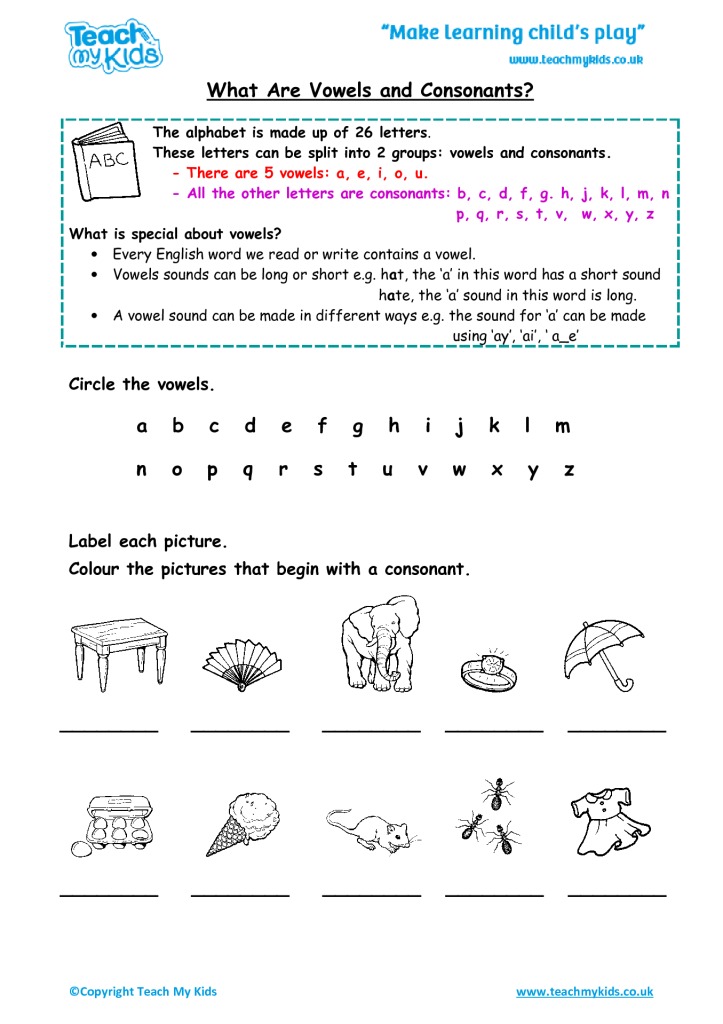 How many are there in Russian?
How many are there in Russian? We will teach you how to write without mistakes and tell stories in an interesting way
Start learning
The correct pronunciation of words is one of the components of beautiful and literate speech. To achieve this, you will first have to study the sounds themselves. In this article, we will figure out together what vowel sounds are, how many vowels are in the alphabet of the Russian language, and what sounds they can represent.
What are vowels and sounds
Vowel sounds are those sounds that we freely convey with our voice. Hence their name comes from: voice means "voice". When pronouncing, air exits through the mouth and does not create noise, and the position of the tongue and lips determines which vowel sound we will pronounce.
There are much fewer vowels in Russian than consonants.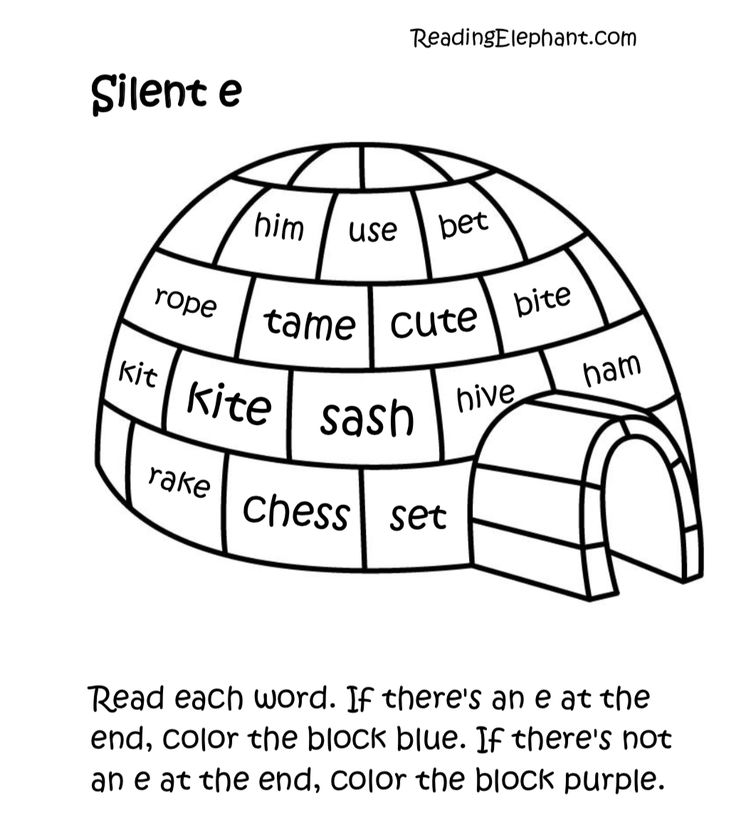 There are 6 of them in total: [a], [o], [i], [s], [y] and [e]. To understand whether a vowel sound is in front of you or not, try to sing it. For example:
There are 6 of them in total: [a], [o], [i], [s], [y] and [e]. To understand whether a vowel sound is in front of you or not, try to sing it. For example:
-
a-a-a ,
-
woo
-
s-s-s .
If it works, then the sound is a vowel. You can't do that with consonants.
There are more vowels than sounds - there are 10 of them: a, i, u, u, o, e, e, e, i, s . This difference is due to the fact that some of these letters can represent two sounds and are pronounced using a combination of a vowel and a consonant [y']. For example, in word spruce the letter e expresses two sounds - [y'] and [e]. Let's look at the table all the vowel sounds and the letters that represent them.
| Letter | Sound | Example |
|---|---|---|
| a | [a] | pharmacy |
| i | [a] [d'] + [a] | change anchor |
| y | [y] | moon |
| [y] [y'] + [y] | love skirt | |
| about | [o] [a] | horse milk |
| e | [e] [th'] + [e] [and] | victory raccoon great |
| e | [o] [d'] + [o] | rope hedgehog |
| e | [e] | evolution |
| and | [and] [s] | caviar life |
| s | [s] | choice |
Demo lesson in Russian
Take the test at the introductory lesson and find out what topics separate you from the "five" in Russian.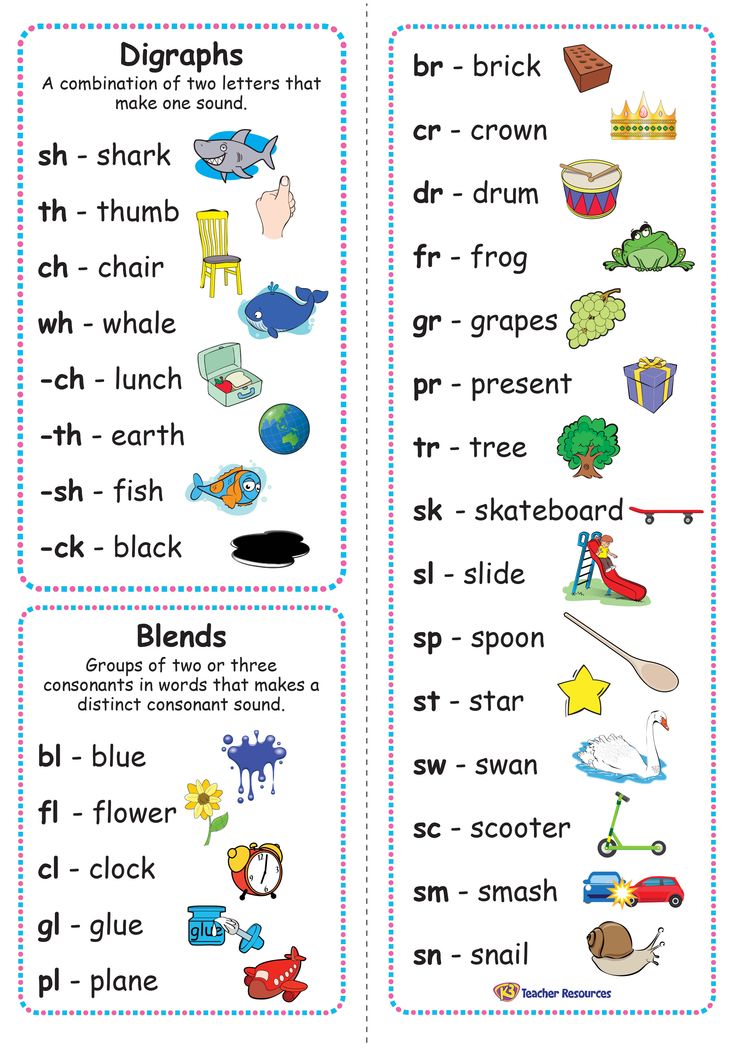
How vowel sounds are related to syllables
Vowel sounds form syllables - sound segments of words that we pronounce with one breath. One syllable can be either a vowel with one or more consonants, or a vowel alone. There is even a rule by which syllables can be counted: how many vowels in a word - so many syllables.
For example, in the word journey there are 5 vowels: [u], [i], [e], [i] and [e]. This means that it has 5 syllables: p-te-she-stv-e .
Test yourself!
Count the number of syllables in the words: try on, tanner, well-groomed, care, prefix, capital, wet, invitation, orange .
Vowel sounds and stress
Now let's see what groups vowel sounds are divided into. Sometimes their pronunciation depends on whether the stress falls on them, that is, whether we single them out with our voice. So vowel sounds are divided into stressed and unstressed.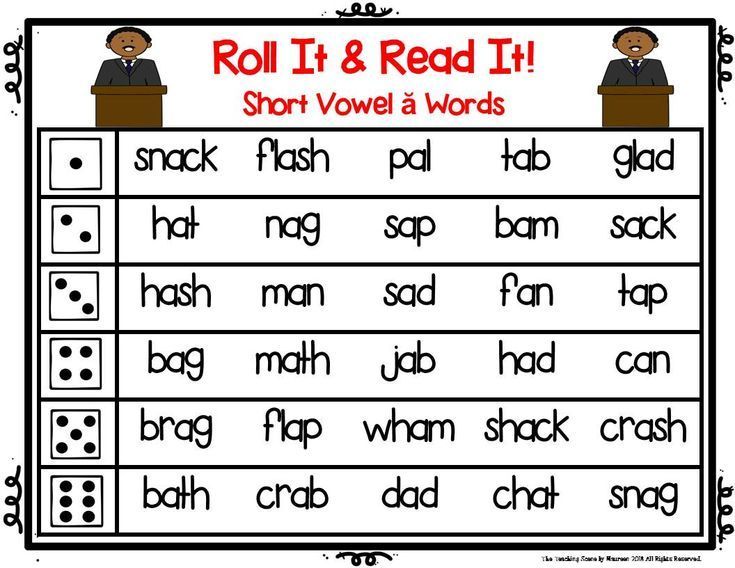 Here are some examples:
Here are some examples:
| | | |
|---|---|---|
| | | |
| | | |
| | | |
Stress in Russian can fall on any of the existing vowel sounds. However, only 4 of them can be unstressed - these are [a], [i], [y] and [s]. In this position, we pronounce sounds weaker than under stress, because of which they can change qualities and sound differently.
Interestingly, the vowels [o] and [e] can only be stressed. There are only a couple of exceptions to this rule: for example, in words cocoa and canoe sounds [o] and [e] in an unstressed position.
How unstressed vowels are related to consonants
How an unstressed vowel sounds depends on the consonant that precedes it. Or rather, from its hardness or softness. If it is a hard consonant, it can be followed by unstressed vowels [y], [a] and [s]. When we talk about a soft consonant, it is followed by unstressed vowels [y] and [and].
| | |
|---|---|
| | |
| | |
| | |
Test yourself
It's time to find out if you now understand well what vowel sounds are in Russian.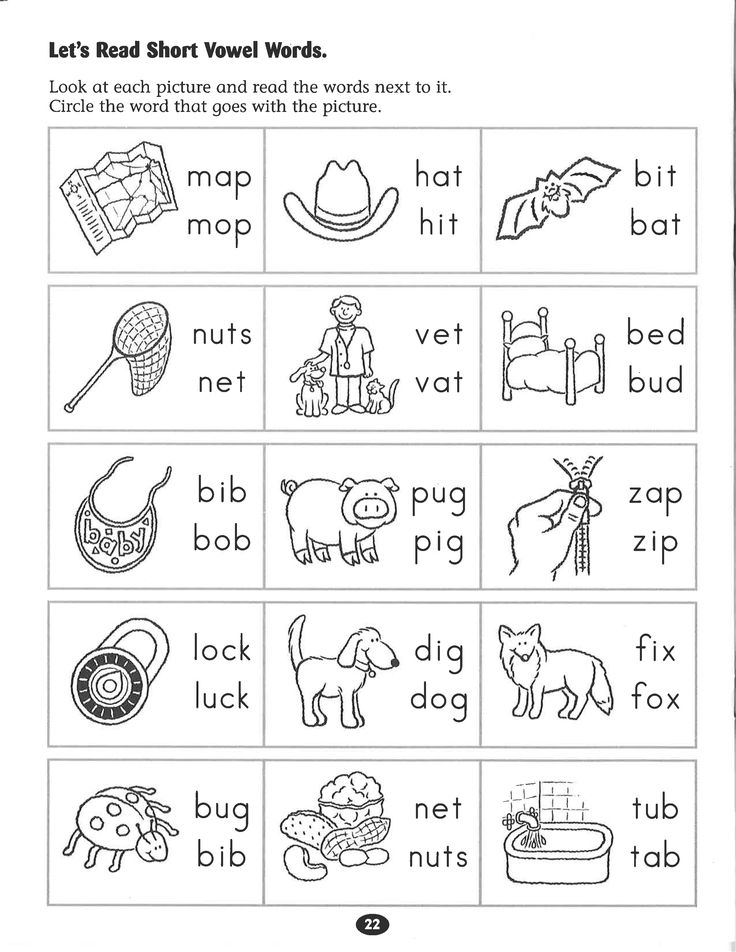 To do this, we have prepared tasks for self-examination.
To do this, we have prepared tasks for self-examination.
Task 1
List all the vowels in these words:
fair,
rejoice,
doll,
distant,
buddy,
voting,
mirror,
story,
OK,
captivate.
Task 2
Name 5 words each in which the sounds [a], [i], [y] and [s] would be stressed.
Task 3
Name 5 words in which an unstressed vowel would come after a hard consonant, and 5 more words where it would follow a soft consonant.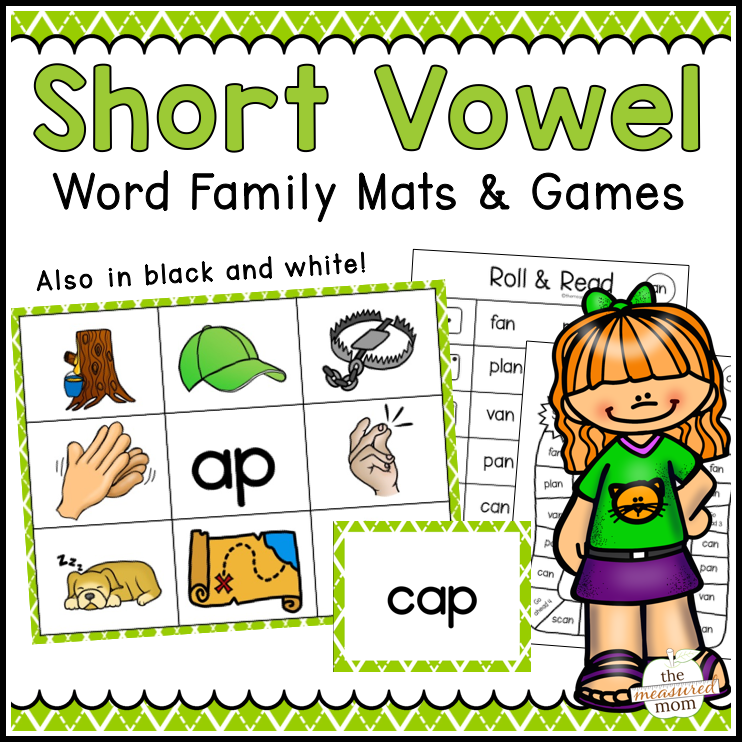
Task 4
Count the number of syllables in the words below (don't forget to use the rule you learned at the beginning of the article!):
-
weightless,
-
sunrise,
-
adventure,
-
painter,
-
perpetuate,
-
nice,
-
image,
-
category,
-
exciting,
-
melting,
-
snowflake.
The rules of phonetics help us to speak correctly, so it is important to master the topic of vowels well and avoid gaps in knowledge.